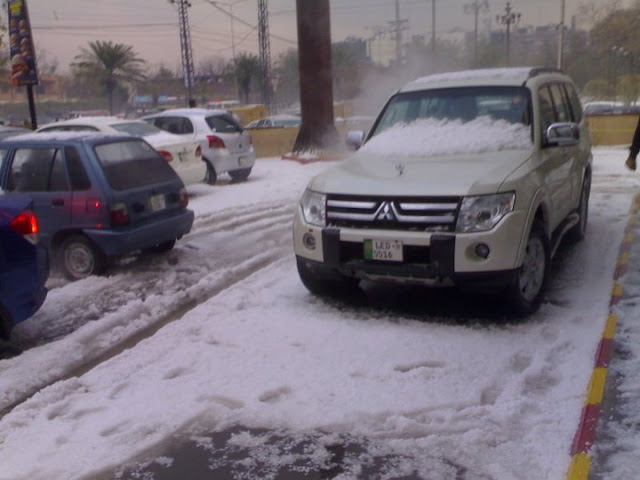Nathia Gali is a mountain resort town or hill station in Abbottabad Pakistan. Nathia gali is very beautiful place in Pakistan. It is a part of the Galiaath which are termed such due to several hill-stations in that area ending with the word "gali", most of which are connected to one other. Nathiagali is known for its scenic beauty, hiking tracks and pleasant weather, which is much cooler than the rest of the Galiaath due to it being at a greater altitude. It is situated one hour's drive away from both Murree and Abbottabad, it lies midway between the two. Drive time from Islamabad is usually about two hours, unless there is a lot of traffic. Nathiagali also serves as the holiday home of several prominent Pakistani families. Some of these families have been frequenting the Galiaath for 5 decades and own mountain properties and lodges there. These families tend to socialise together on an annual basis often holding barbecues, bonfires, games nights, sing-a-longs and trekking parties etc. The Nathiagali region serves as home to all kinds of wildlife; various species of birds, insects, butterflies and animals. Unlike the crows of the southern cities of Pakistan, you will find ravens in areas like Nathiagali. Visitors are advised to sun their bedding on arrival to get rid of bed-bugs, and to keep repellants and pesticides for insects as these have a tendency to show up a lot, especially in old homes, and in the monsoon season. The natural scenery is highly magnificent. It is actually famous for it scenic beauty, the lush green meadows, deep forests of oak, cedar and pine, fog in July/August present a glory. In winter snowfall makes scene more attractive and beautiful. The church in Nathi Gali is a remnant from the period of British Government, it is totally made of wood. It is situated at the edge of the mountain from which there is a beautiful sight. Kashmir can be seen right behind this church, and is a wonderful scene.



















